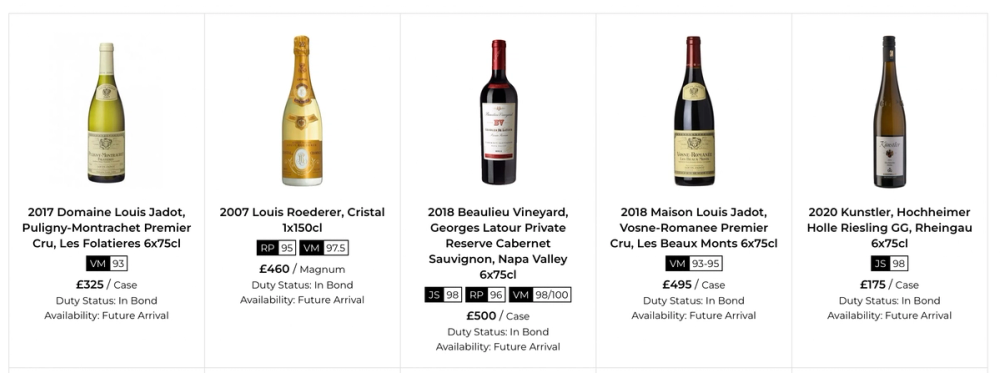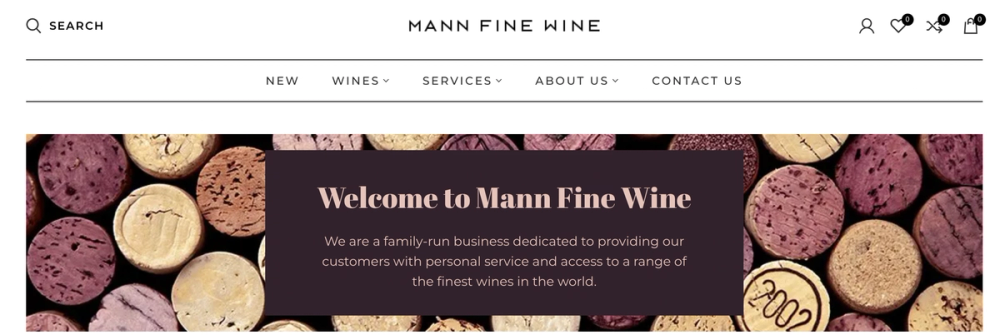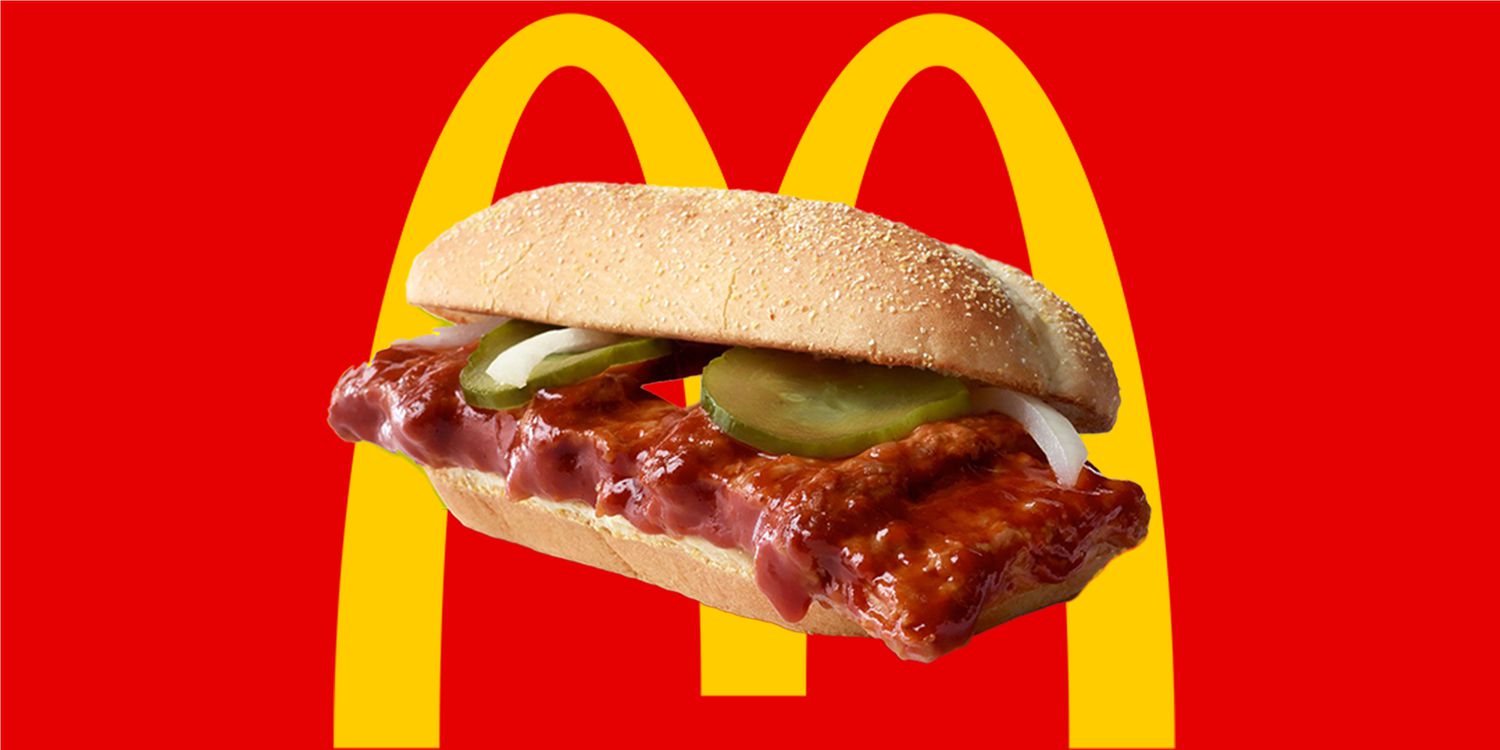Wine businesses know only too well they need to raise their game when it comes to investing in the right digital support systems. Here’s Wine Owners’ practical guide to getting their e-commerce platforms right.
In the five year period to 2025, e-commerce sales of alcohol across key global markets is predicted to virtually double to reach more than US$42 billion, according to IWSR’s Drinks Market Analysis report published in 2021.

Wine Owners’ Nick Martin sets out his personal guide to running an effective e-commerce platform
It states: “The greatest forecast e-commerce value growth will come from the US, thanks to average annual digital sales channel growth in the country of + 20%, which will see it become the top global market for online beverage alcohol.”
Within this boom fine wine is one of the fastest-growth segments of the online wine market, principally due to historical under-investment. The shift to e-commerce within fine wine is accelerating as more merchant and retail businesses migrate away from product pages to full transactional shops; increasingly seen as an essential sales channel for a wine and spirits business to compete.
The tipping point was reached during Covid, the momentum is now unstoppable.
5 hurdles to jump
Yet there remain five distinct challenges to going digital, which we’ll address in this practical guide.
● Managing Stock
● Content
● Omnichannel selling
● Automation and scalability
● Customer engagement
This is a guide with a difference. Whilst most best practice guides focus on SEO, marketing, retargeting and such like, this one focuses on how to ensure your e-commerce sales channel or channels (there can be more than one channel that goes into your e-commerce set up) are set up for success.
When thinking about success factors, we mean structurally, operationally, in a way that gives a business strategic flexibility, and delivers high customer engagement.
This guide provides an answer to the challenge of how you can get up and running cost- effectively, de-risk the investment, and generate a return on your time and money. Even before you start to test online marketing…
Managing stock and data mastering

How integrated is your wine database with your website and e-commerce platform?
Mastering the data on your business management system connected to product data and rich content helps you to sell wine, and provides the basis for a relatively low-maintenance e-commerce set-up that’s a seamless customer channel connected to your business system.
Your business management system is responsible for stock management, shipping and movements, purchasing and generation of sales orders.
The same system should also master your inventory irrespective of its type (e.g. physical stock, en primeur, due stock and future arrivals on purchase orders, along with brokered/ consigned wines and stock lists (what we call virtual stock) offered by wholesalers or importers.
So it follows that mastering inventory on your business system will guarantee an accurate and up-to-the-minute position of wines for sale on your website, an essential starting point for e-commerce.
How many times have you heard people complain about seeing a wine listed online only to find when they click through that it’s sold out?
It’s the most intensely annoying customer experience there is, simply due to poor data mastering and connectivity. The cost of that user experience is hard to quantify in terms of lifetime value of a potential, lost, customer; but it could be costing double-digit growth and it’s easy to see the potential upside of getting it right.
Content is (still) king

Wine consumers are now much more likely to go online to find what they want thanks to the lockdowns during the pandemic
Building out a complete and comprehensible product taxonomy (how you classify products) helps users come to your website and intuitively know what, and how, to search.
Accurate wine descriptions, with consistent definitions (such as country, region, sub region, type, grape variety, designation etc.) facilitate a good search or browsing experience.
Pre-loaded information such as reviews, scores, drinking dates or other non-standard categorisations reduces the administrative overhead of constantly keying in content.
Product definitions in conjunction with supporting and rich content will naturally help with search rankings, notably in conjunction with how dynamic your content is as products within your webshop change.
What do we mean by supporting and rich content? Here we’re referring to product information, producer profiles, reviews and scores, your own notes and recommendations, drinking advice, bottle shots or label images, and product tags enrich the user experience and support buying decisions.
Worth avoiding is a set up where basic inventory and pricing data feeds into your e- commerce but which you then have to augment via content management within the back end of your webshop set up. It’s time consuming, involves replicating and rekeying, and ties up team members to an undue extent. It’s also all too common.

Eric Sabourin of Falcon Vintners says IT integration has made the business far more efficient and effective
Eric Sabourin, managing director of Falcon Vintners, who moved his business onto Wine Owners’ dedicated Wine Hub and the Hub Webshop (a fully integrated WooCommerce set up) in 2021, says: “Since going live, we’ve been picking up new clients pretty much every day; a couple of whom have since spent tens of thousands of pounds with us.
Sabourin sees his new e-commerce set up as part of a wider market strategy: “The ability to have real-time synchronisation is great, and organising multi-channel selling from one platform has been working well for us.”
The business has invested in rich content to make on-line purchasing totally transparent, including an incredible library of inspection images for back-vintages of rare wines.
Notwithstanding the facility to build content in one place, it does still require a considerable investment in time to add assets, although once done managing images, tasting notes and scores within the same system that’s handling our inventory and managing all transactions is very helpful,” he adds.
Multichannel principles work for incoming feeds as well as outgoing ones. Notably, the integration that Liv-ex has with the Hub and the feed of selective virtual stock through inventory management into e-commerce.
“That integration allows us to shape an interesting, broader list from a selection of Liv-ex offers that in turn attracts more new clients to Falcon.”
E-commerce and omnichannel
Your e-commerce website sits within a wider channel strategy. Mastering your business processes in a single system serves the needs of all sales and marketing channels you choose to connect with, and ensures that your stock position is up to date everywhere, and at all times.
Specialist wine retailers will almost always be selling omnichannel: that is, online, taking orders over the phone, via email offers (at the very least) because of the role that relationships and advice play at this end of the market. Other merchants will also be connecting to other sales channels such as Liv-ex or Vivino.
All of which means a single point of control is vital to real-time updating of stock positions, of all types. That leads to clarity of which wines are immediately deliverable versus those that are deliverable at a future date, with the ability to communicate when they are going to become available.
Automation and scalability

Displaying wines is one thing, it’s the level of content and connections you can add to your website that can make customers come back
Dynamic content will drive consumer interest, return visits and purchasing behaviours. At any point in time, you’ll want to determine what you want to allocate to your online e- commerce channel, and what you want to sell differently or hold back. In most markets volume presumes more units and sales, whereas in fine wine you don’t necessarily want to disclose that you may have 100 cases of a particular wine. Better to disclose six cases, and manage the demand curve, or follow the market up after your competitors have sold through.
Being able to group products together for a promotion, or a special feature, focuses your visitors on what’s new or hot, and to do that at scale requires appropriate tools that makes it possible to group, ungroup, price and discount in a single process, then do the same thing week after week or month after month.
Once again, being able to do that out of your inventory management system and to determine how products feed into your e-commerce, and how they get updated and changed, will help you to make most of your online sales channel.
Fulfilment flexibility
Depending on the types of stock you’re selling, the attributes of that stock may differ. Wines in your own warehouse accounts may be deliverable the following day or the same day. Wines due from local suppliers may take a bit longer, whereas future arrivals could take weeks or years. Customer expectations need managing, in a number of ways, including logical fulfilment rules discussed in the next section.
Selling wines with different delivery and tax characteristics adds complexity to delivery options and charges applied in the e-commerce basket. It’s important that a coherent set of rules applied to mixed selections of inventory deliver a clear and logical user experience.
Compliance will differ between jurisdictions, the most striking examples being in respect of inter-state shipping rules in the US. At its simplest it’s about configuring look up tables for other States that you can ship to from your State. In a more complex set up, it encompasses age verification, sales tax integration, and data points for State tax filings as the retailer of record and reporting.

Tom Mann, founder of Mann Fine Wine, is no stranger to wine business management software having been instrumental in the adaptation of a well-known ERP to the fine wine sector. Mann selected the Wine Hub and Hub Webshop for his business due to its strong integration and content capabilities.
He explains: “I think the thing that drew me most to the Hub and the associated integrated webshop was the pre-defined product taxonomy and catalogue which is connected to LWIN. I don’t have to waste hours of time creating product codes, which is a huge timesaver.
“The Webshop and the Hub also have a seamless two-way communication, so not only is my stock updated every five to 10 minutes, 24 hours a day, but if I sell stock on Liv-ex or another channel, it’s automatically updated. In short, the risk of double selling is almost completely eliminated.”
Mann Fine Wine’s e-commerce incorporates a lot of information and rich content, designed to engage visitors and drive conversion rates. Yet Mann recognised that curating product information and rich content can represent a significant overhead.
“Whilst I do have to expend a little time in uploading digital assets, once I’ve done it for say, Dom Perignon 2012, I don’t need to worry about repeating the same content for other entries of the same wine, which is enormously helpful. Uploading reviews from critics is also quick and easy, all of which helps to cut down the amount of time spent managing e-commerce.”
He adds: “We’ve picked up a lot of new customers from website orders, and lots of people have commented how easy it is to use. I have to say it’s been striking how many offline clients are purchasing online as well.”
Fine wine e-commerce is complicated by different stock attributes such as availability and tax status.

Tom Mann says investing in technology has helped Mann Fine Wine business pick up so many more new customers
“It’s also been very easy to manage in bond and duty paid orders. I like the way I can easily define what goes onto the website, or manage the stock level that is shown there – so if I have 100 cases of something, I may want to only list 10,” says Mann.
With more customers comes the expected increase in demand for storage and valuation services.
“We’re now starting to explore client reserves management as we get more people who want to use our storage service. Online client access is very clear and easy to use and can be accessed from the webshop, and for our business all the tools are there to make calculating storage charges and sending out invoices a doddle,” he explains.
Customer engagement
A website doesn’t sell itself, so don’t think that you can go live and just let it run. The key to a successful e-commerce website also lies in the trust you build with your customers, and the quality of the offering you’re able to maintain over time.
How do you craft a relevant and personalised experience for each of your customers? It’s about engaging your visitors and motivating them to buy from you. In part that’s down to information fed from a database that understands wine and masters all your product information in one place.
Beyond some quite basic cross-selling options that come out of the box, more sophisticated tools such as Preferabli provide insights from your customers’ preferences to increase sales and conversions. They also help cross selling by making alternate product recommendations, described as providing an online experience similar to the one of a bricks and mortar shop.
Your clients will expect to see accurate information that reflects their relationship with you, to include online and offline purchasing history, preferences, payment methods, and wines that they’re storing with you.
When opening up a new sales channel such as e-commerce, there’s commonly a focus on the business goal of addressing a new market. It certainly is the case that adding channels will get you more new customers.
Yet there’s another benefit which is that some of your existing customers will migrate online, so by adding e-commerce you also increase your share of wallet among established clients. It might feel counterintuitive to fine wine businesses wedded to the principle of account management and ‘white glove’ service, but some of your traditional relationships will ‘jump channels’ to explore or to buy opportunistically, none more so than where there’s an online deal.
Recognising the importance of customer relationship management (CRM), you should also be able to integrate your system with cellar management, a service that provides you with a means to engage with your clients more deeply, attract and retain new business.
Cellar management at the very least covers wines your customers store with you (called private client reserves in the UK market), and some retailers extend use to home cellar management to give a 360° view of collections. After all, CRM in the wine market is all about the wines that customers buy, prefer and store, and far less about who they are, what jobs they do and lifestyle they lead.
Conclusion

Online wine retailers need to be constantly updating and innovating their sites to keep customers coming back, says Wine Owners’ Nick Martin
Don’t think an e-commerce set up is guaranteed to succeed just because there is standard well-proven software out there, though that is good news. But it’s no guarantee of success: there are plenty of current examples of e-commerce implementations that failed due to weak or partial integrations with inventory management systems; or a compromised system that’s been awkwardly adapted to the wine market; or systems that fail the single point of mastering test. Integrations with ERP systems can run into big money and can take far longer than expected.
To succeed there must be clarity over mastering of data; the two-way data flows between inventory management and the webshop; an underlying clear and robust taxonomy; origination and curating of content; and channel specific pricing.
Success requires a well thought through approach to structural and operational processes, with an underlying platform that must be flexible enough to handle all wine stock types and be set up to integrate with best-in-class e-commerce software.
- Nick Martin is chief executive of Wine Owners, a market-leading provider of software as a service (SaaS) business software to the independent wine industry – the Wine Hub. Learn more about the Wine Hub and the Hub Webshop.
- Wine Owners is a partner supplier to The Buyer.






































